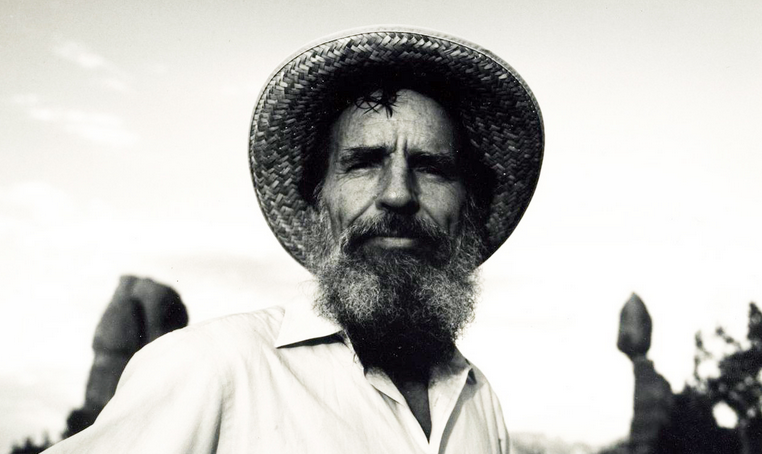For an arid region so long devoid of significant population, the West has yielded a surprisingly rich and diverse array of literature. Dime novels made heroes out of Buffalo Bill and Wyatt Earp. Mark Twain made great sport out of the characters he found out there, while Cormac McCarthy turned the same region into an apocalyptic blood-and-thunder Old Testament landscape. Tom McGuane populated Montana with a cast of beautiful losers. Larry McMurtry has spent half a century trying to write a popular elegy for the place.
But there are lesser-known chroniclers of the West than McMurtry and Twain, and their work has yielded some of the keenest insights into a landscape that never ceases to provide inspiration.
My home is Texas, and my range is the Southwest, so this list of a half-dozen books is biased towards that part of the West. If you hail from, say Montana or Nebraska, feel free to compile a list of your own. After all, that’s half the fun.
The Monkey Wrench Gang (1975) by Edward Abbey
Best known for his eloquent essays on the deserts, rivers and red-rock country of the Southwest, Abbey turned to fiction to vent his rage at overweening developers, road builders and politicians bent on ravaging that austere and beautiful country. The result is a hilarious, profane, fast-moving tale of a band of eco-saboteurs determined to save their own piece of Paradise. Why this funny, action-packed manifesto never became a hit movie is beyond me.
Empire of the Summer Moon (2010) by Sam Gwynne
“No tribe in the history of the Spanish, French, Mexican, Texas and American occupations of this land had ever caused so much havoc and death,” writes Gwynne of the Comanche Indians. “No one was even a close second.” Both a riveting history of the Comanche people and their ferocious defense of their vast territory and a scrupulous account of the stranger-than-fiction tale of kidnapped Cynthia Ann Parker and her son, Quanah, this clash-of-civilizations story is both brutal and touching.
Charles Goodnight—Cowman & Plainsmen (1949) by J. Evetts Haley
A historian of the old-school/Manifest Destiny persuasion, Haley paints a stirring picture of the visionary who became the greatest Texas cattleman ever (and, incidentally, the inspiration for Gus McCall in McMurtry’s Lonesome Dove). Haley interviewed Goodnight himself over the course of a decade, and the old man’s tales of 2000-mile cattle drives, endless herds of buffalo, Indians and vast imperial ranches are the breathtaking stuff of a dozen John Ford movies.
The Centuries of Santa Fe (1956) by Paul Horgan
Best known for Great River, his epic history of the Rio Grande, Horgan approaches the tale of the romantic, 400-year-old New Mexico capital with an unusual approach: Each era of the city is told through a different set of eyes, from a Spanish notary in 1610 to a Missouri trader in 1821 to a German bride in 1870 to Horgan himself in the post-WWII years. The result is a sprawling history told through a kaleidoscope of intimate perspectives.
The Milagro Beanfield War (1974) by John Nichols
An eloquent statement of outrage (in part against the Forest Service, rich dudes playing cowboy, developers and the culturally obtuse) masquerading as a magical-reality comedy. The book is richly layered, side-splittingly funny, and at the same time it takes a loving, granular look at the insular societies of the small Hispanic villages that dot the mountains of northern New Mexico. The book Gabriel Garcia Marquez might have written if he’d lived on the Taos Plateau.
With His Pistol In His Hand: A Border Ballad and Its Hero (1958) by Dr. Americo Paredes
A folklorist and professor of English and anthropology at the University of Texas, Paredes used the South Texas corrido (or story-song) chronicling the manhunt for Gregorio Cortez, a ranch-hand accused of horse theft, as a window into the music and culture of La Frontera and the anti-Mexican racism that permeated the enforcement of the law. Along the way, he also presented a counter-narrative to the Anglo-centric presentation of Texas history ubiquitous to the time. All that, and a thrilling chase story, to boot. (The book also inspired an excellent film, 1982’s The Ballad of Gregorio Cortez, starring Edward James Olmos).
---
Read our recommendations for the best overlooked Western films, also on The Last Word.






